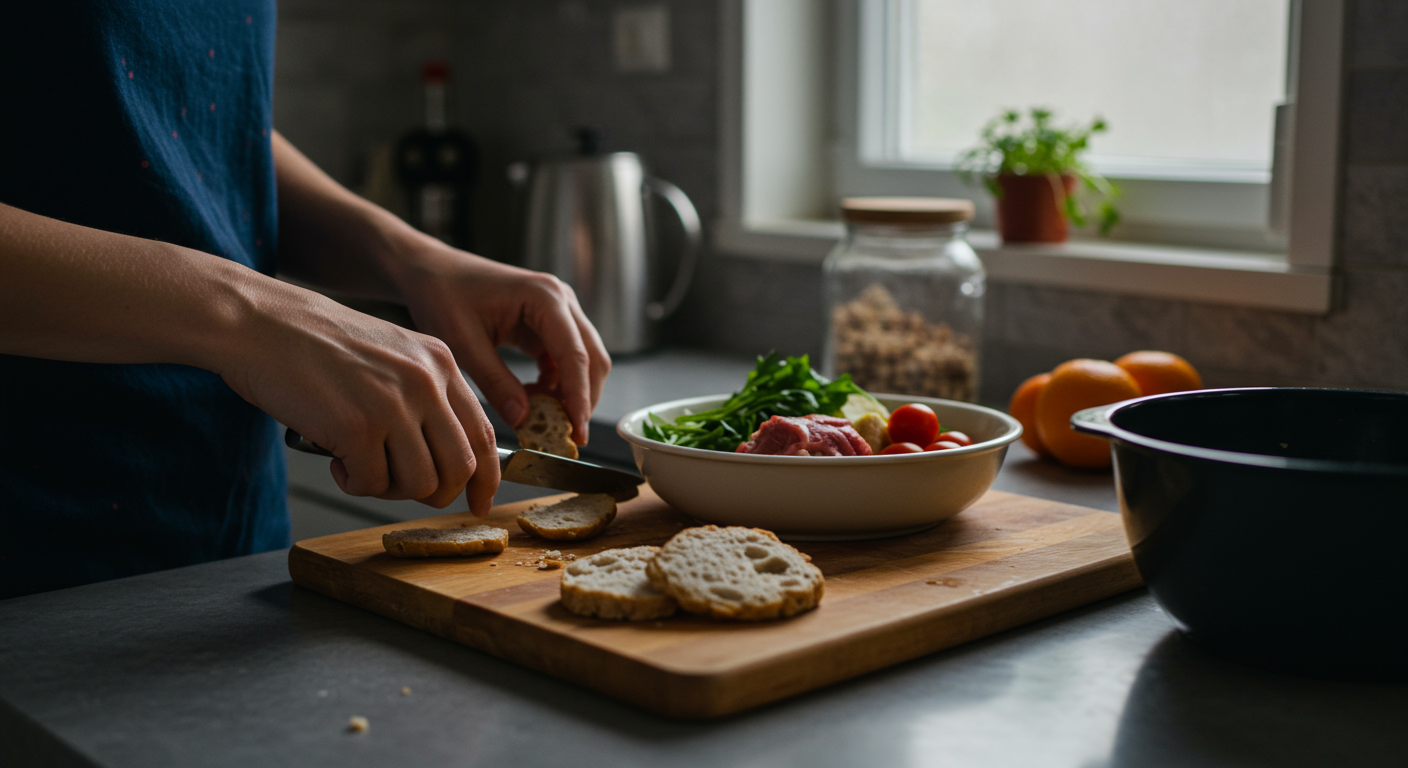Making your own dog food is a rewarding way to ensure your canine companion receives the best possible nutrition. This guide provides you with easy-to-follow recipes, nutritional guidance, and budget-friendly tips to create balanced meals that will boost your dog's health and well-being.

Understanding Your Dog's Nutritional Requirements
Dogs, like humans, thrive on a balanced diet. Their nutritional needs vary based on age, breed, activity level, and overall health. A well-balanced homemade diet typically includes the following key components:
- Protein: Essential for muscle development and repair. Sources include lean meats (chicken, turkey, beef), fish (salmon, cod), and eggs.
- Carbohydrates: Provide energy. Good choices include brown rice, sweet potatoes, oats, and quinoa.
- Fats: Crucial for energy, healthy skin, and coat. Add sources like fish oil, flaxseed oil, or a small amount of healthy fats like avocado (in moderation).
- Vitamins and Minerals: Found in fruits and vegetables. Examples include carrots, spinach, blueberries, and apples.
Consult with your veterinarian to determine the specific nutritional needs of your dog.
Decoding Pet Food Labels
While you're embarking on making your own dog food, it's good to understand what to look for in commercial dog food as well. You may even want to supplement homemade dog food with some store-bought brands. Understanding pet food labels can help you make informed decisions about what goes into your dog's bowl.
- Ingredient Lists: Ingredients are listed by weight. Look for whole protein sources (e.g., chicken, beef) as the first ingredient.
- Guaranteed Analysis: This section shows the minimum percentages of crude protein and fat, and the maximum percentages of crude fiber and moisture.
- AAFCO Statement: This indicates whether the food meets the nutritional standards established by the Association of American Feed Control Officials (AAFCO).
Top 3 Budget-Friendly & Healthy Homemade Dog Food Recipes
Here are three simple recipes to get you started:
Chicken and Rice Delight:
- 1 cup cooked chicken, shredded
- 1/2 cup cooked brown rice
- 1/4 cup cooked or steamed vegetables (carrots, green beans)
- 1 tablespoon fish oil
Beef and Sweet Potato Bowl:
- 1/2 cup ground beef, cooked and drained
- 1/2 cup cooked sweet potato, mashed
- 1/4 cup cooked quinoa
- 1 tablespoon of blueberries
Turkey and Veggie Medley:
- 1 cup cooked ground turkey
- 1/2 cup cooked oats
- 1/4 cup mixed vegetables (broccoli, peas, corn)
- 1 tablespoon of flaxseed oil
Instructions for all recipes:
Mix all ingredients thoroughly and adjust portion sizes according to your dog's weight and activity level. Always ensure that the food is cooled before serving.
Addressing Specific Dietary Needs (e.g., allergies, weight)
Homemade dog food allows you to control ingredients, making it easier to address specific dietary needs. For dogs with allergies, eliminating common allergens like wheat, soy, and certain proteins is a good starting point. If your dog needs to lose weight, reduce the portion sizes and choose lean protein sources with lower-calorie vegetables.
Consult with your veterinarian to determine the best food choices and recipe adjustments for your dog's health needs.
Supplementation Guide
While homemade food can provide essential nutrients, some dogs may benefit from supplements. Common supplements include:
- Omega-3 Fatty Acids: For skin and coat health.
- Probiotics: To support digestive health.
- Joint Supplements: For senior dogs or those with joint issues.
Always consult with your vet before adding any supplements to your dog's diet.
Hydration Tips for Pets
Fresh water should always be available. You can encourage water intake by:
- Adding ice cubes to the water bowl.
- Offering a separate water bowl in different locations.
- Adding low-sodium broth to the water (in moderation).
Making the Best Food Choices for Your Companion
Switching to homemade dog food is a significant step in providing the best possible care for your dog. By understanding their nutritional needs, using quality ingredients, and adjusting recipes as needed, you can ensure they live a long, healthy, and happy life. Remember to consult with your veterinarian for personalized advice and guidance.